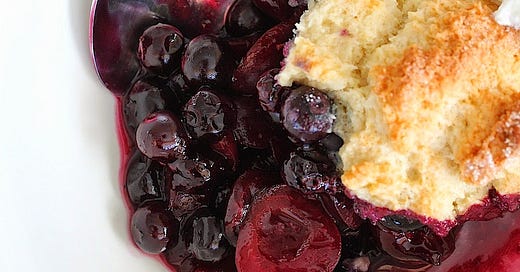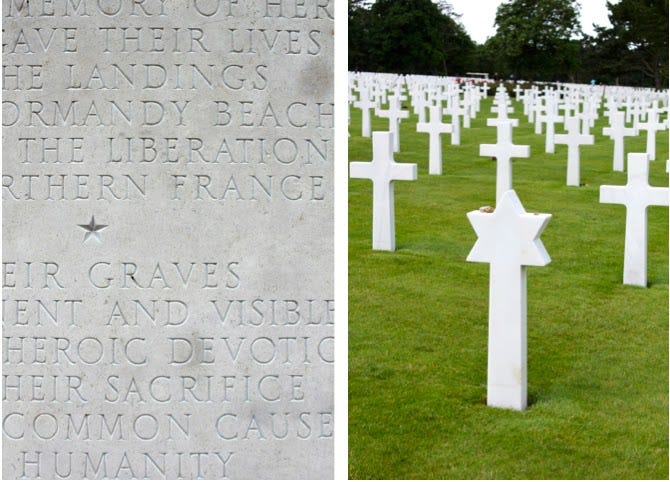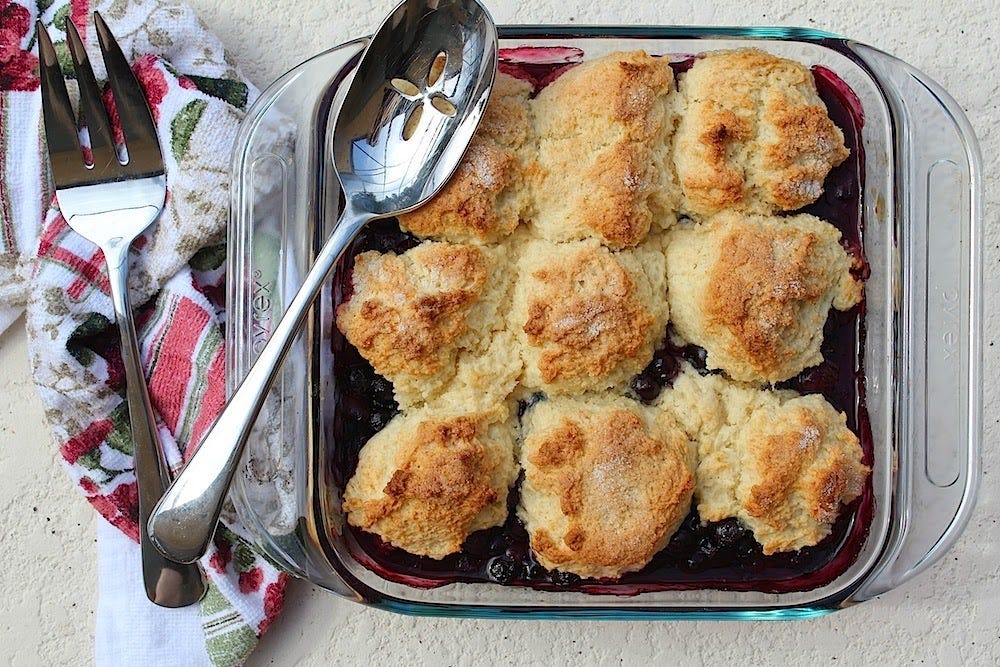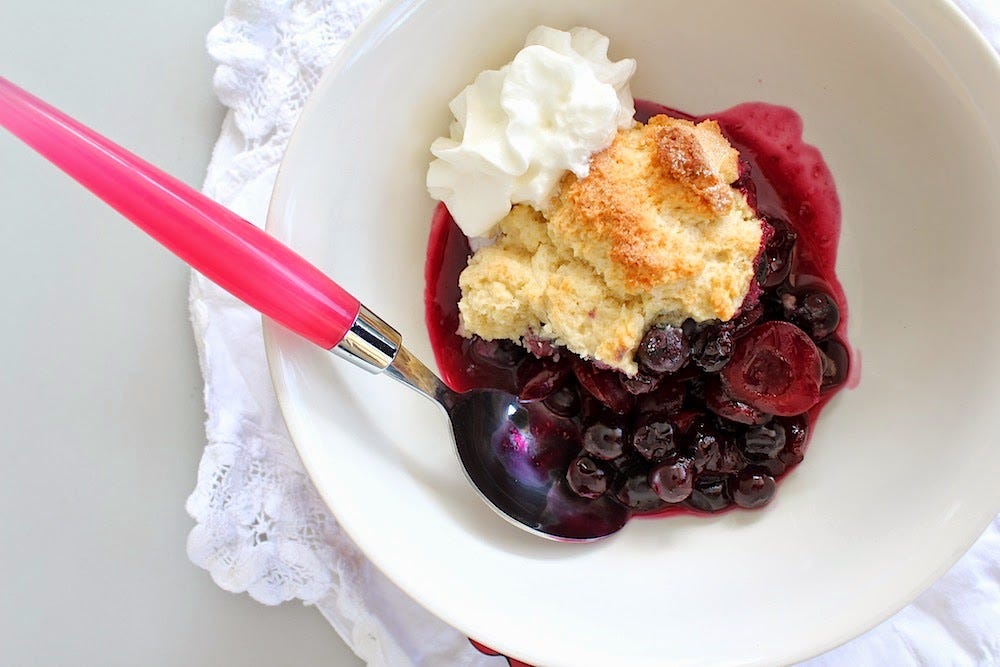“Those who have long enjoyed such privileges as we enjoy forget in time that men have died to win them." —Franklin D. Roosevelt
I’ve visited the battlefields of Verdun and the beaches of Normandy. I’ve seen the trenches in the Somme, preserved by the Canadians as a memorial to those who fought and died on those now-sacred grounds. I’ve spent many an afternoon in Bois-Belleau, in the awe-inspiring Aisne-Marne American Cemetery and Memorial, where the remains of 2,289 Americans repose, most of whom fought in the Marne Valley in the summer of 1918, some headstones bearing the date of death after the armistice was signed, after the war had officially ended. An elegant sea of pure white headstones. A sea of tears. And, yes, I’ve stood at the Normandy American Cemetery in Colleville-sur-Mer, among the 9,389 souls of our military dead.
Strolling along the dirt roads that wind through the forest of Verdun—this might have been a couple of decades ago—I glanced down and spied a metal fork, its tines just poking up through the black earth. I wiggled it out and held it in my hand, rusted, cracked, bent. A fork. The most basic eating utensil buried out here in the forest, a memorial to one of the longest and costliest battles in human history. There was something so deeply haunting about this single object, so very human, this remnant of war. Not a headstone or a name on wall, not a grand monument, but a fork, a reminder that real men fought here, lived and ate here, died here, in that War to End all Wars.
Which, in the end, it wasn’t. And didn’t.
Living in France has given me the chance to visit these hallowed grounds and feel, in some small way, closer to the men and women who served and fought—for freedom and democracy. Against fascism and hate. It’s given me the opportunity to speak with friends and family members who lived through the wars, listen to their stories of fear, loss, and recovery, their heroism and resistance. I’ve spent time wandering through museums like the Historial de la Grande Guerre in Péronne, the Musée de l’Armée in Paris, and the Royal Museum of Military History in Brussels, trying to grasp the whys and hows of war. Hoping, still, that someday, finally, we won’t have to fight anymore.
Most of us probably have at least one loved one who served and fought in one of the great wars or another. My own father served in the Pacific with the naval air force, my mom’s cousin in Vietnam. And many of you reading this might have served your country (our country or another)—or are serving now. Some might struggle to understand why anyone would willingly put themselves in such danger. And yet we can’t help but feel a deep sense of awe and gratitude for those who have—and still do.
That’s what Memorial Day is about—a day to honor and mourn the Americans who gave their lives in the line of duty. Their sacrifice is not just part of our history; it’s a call to remember what they stood for and why it still matters.
As Memorial Day weekend arrives, many Americans will gather for barbecues, outings, or parades and enjoy the unofficial start of summer. There’s nothing wrong with that—it’s part of how we come together as a community. But amid the celebration, it’s also worth pausing, even just for a moment, to remember what this day is really about: honoring those who gave everything in service to this country. And maybe more than that—it’s about using their memory, their courage, and their sacrifice to remind us that freedom and democracy are never guaranteed. They’re things we have to keep working for, keep standing up for—even when it’s hard, even when it costs something. That’s how we carry their legacy forward, and how we create our own.
“In the face of impossible odds, people who love this country can change it.” —Barack Obama
This summer fruit cobbler is perfect for Memorial Day because it is all about the red, white, and blue.
Summer Cherry Blueberry Cobbler
Recipe from my cookbook “Orange Appeal,” Gibbs Smith Publishing, 2017
Fruit filling:
6 cups of fruit total – 4 cups pitted and halved cherries + 2 cups blueberries or other summer berries
⅓ cup (65 grams) sugar
1 ½ tablespoons (14 grams) cornstarch
½ cup (125 ml) orange juice
Pinch salt (scant ⅛ teaspoon)
¼ teaspoon vanilla extract
1 tablespoon apple cider vinegar or balsamic vinegar, optional
Biscuit topping:
1 ½ cups (200 grams) all-purpose flour (this should work with a good gluten-free all-purpose flour)
1 tablespoon baking powder
¼ teaspoon salt
Finely grated zest from 1 orange
3 tablespoons sugar
5 tablespoons (75 grams) butter, chilled but just slightly softened and cubed
1 large egg
¼ cup (65 ml) milk, a little more if needed
About 2 tablespoons sugar for dusting
Preheat the oven to 400°F. Have a glass or Pyrex 9 x 9-inch baking dish ready.
Prepare the fruit filling:
Place the prepared cherries and blueberries in a pot or saucepan. Toss in the sugar to coat the berries evenly. Whisk the cornstarch into the orange juice until the cornstarch is dissolved and the mixture is smooth; add to the fruit along with the salt, vanilla, and vinegar. Stir well. Place over medium heat and bring to a boil before lowering the heat slightly and allowing the fruit to cook at a simmer for 3 minutes, stirring constantly to keep from burning on the bottom of the pan. Remove from the heat and pour into the baking dish.
Prepare the cobbler topping:
Place the flour, baking powder, salt, and orange zest into a large mixing bowl; whisk to combine, and then whisk in the sugar. Cube the butter and toss in the flour, then, using only your fingertips, rub the butter into the flour mixture until completely incorporated and it resembles cornmeal or damp sand and all of the butter is completely incorporated. Whisk the egg into the milk, then add to the flour mixture. Lightly stir with a fork just until well-combined—no more—and a thick batter forms. Add a few drops more of milk only if necessary to moisten all of the dry ingredients.
Lightly drop—do not pack—the dough by very large even spoonfuls onto the fruit in the baking dish in 9 dough clusters. Sprinkle the remaining 2 tablespoons of sugar evenly over the dough and slide the dish into the preheated oven. Bake for 15–20 minutes until the dough is puffed up, firm, and the tops of the biscuits are golden brown.
Remove from the oven to a rack and allow to cool until the fruit juices are no longer bubbling.
Serve warm—not hot, as fresh-from-the-oven fruit juices can burn!—or room temperature with freshly whipped, slightly sweetened cream or a scoop of your favorite ice cream.
Jamie Schler is an American food and culture writer living in France where she owns a hotel and writes the Substack Life’s a Feast.










Lovely recipe, but wonderful, poignant introduction.
That’s a gorgeous dessert and looks reminiscent of one you would find on the cover of Southern Living magazine! My mom’s first cousin was a pilot in Vietnam and he and his crew were shot down back in 1971 leaving a wife and three kids. He was posthumously awarded a Purple Heart Medal under the Obama administration. He now rests at Arlington National Cemetery.